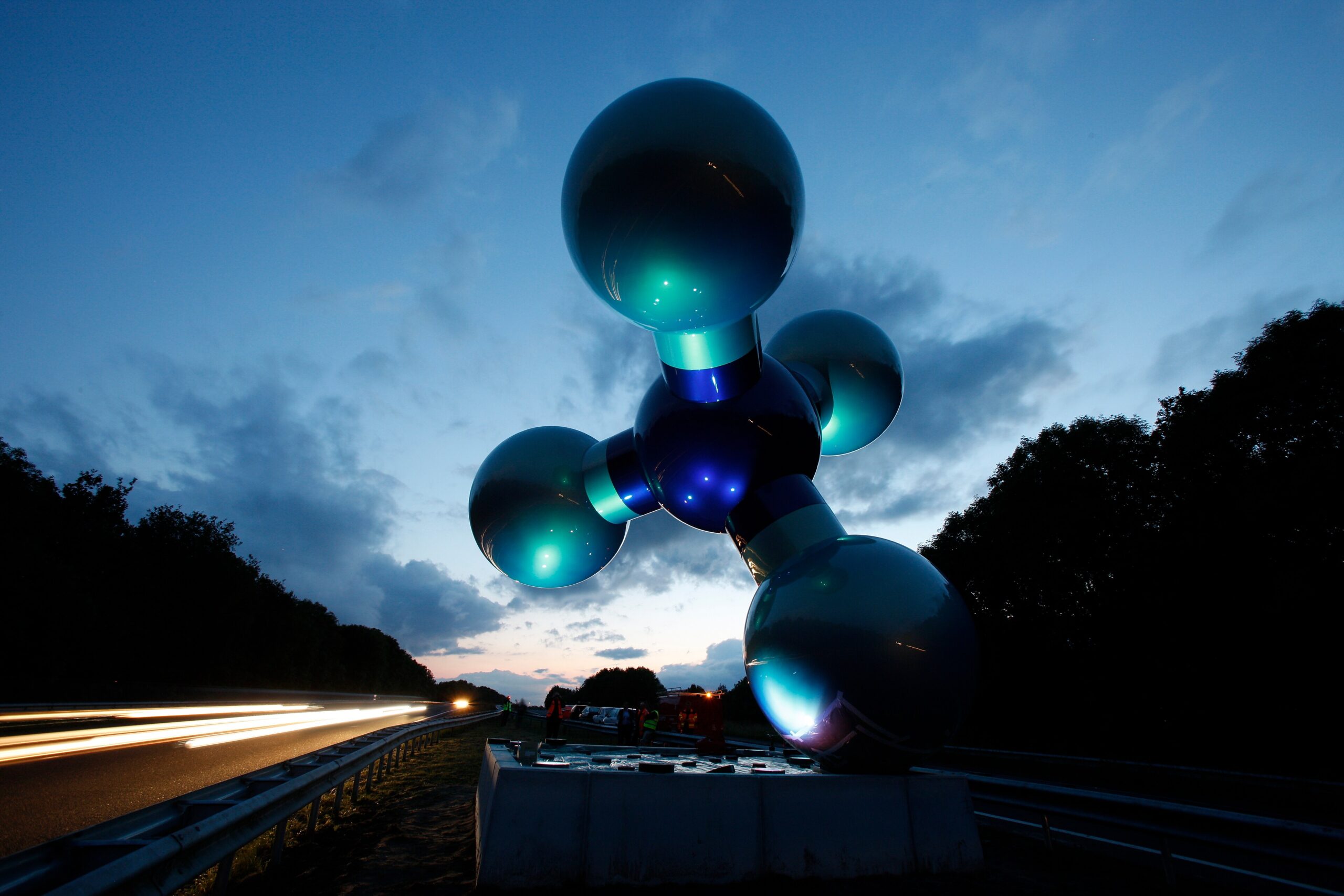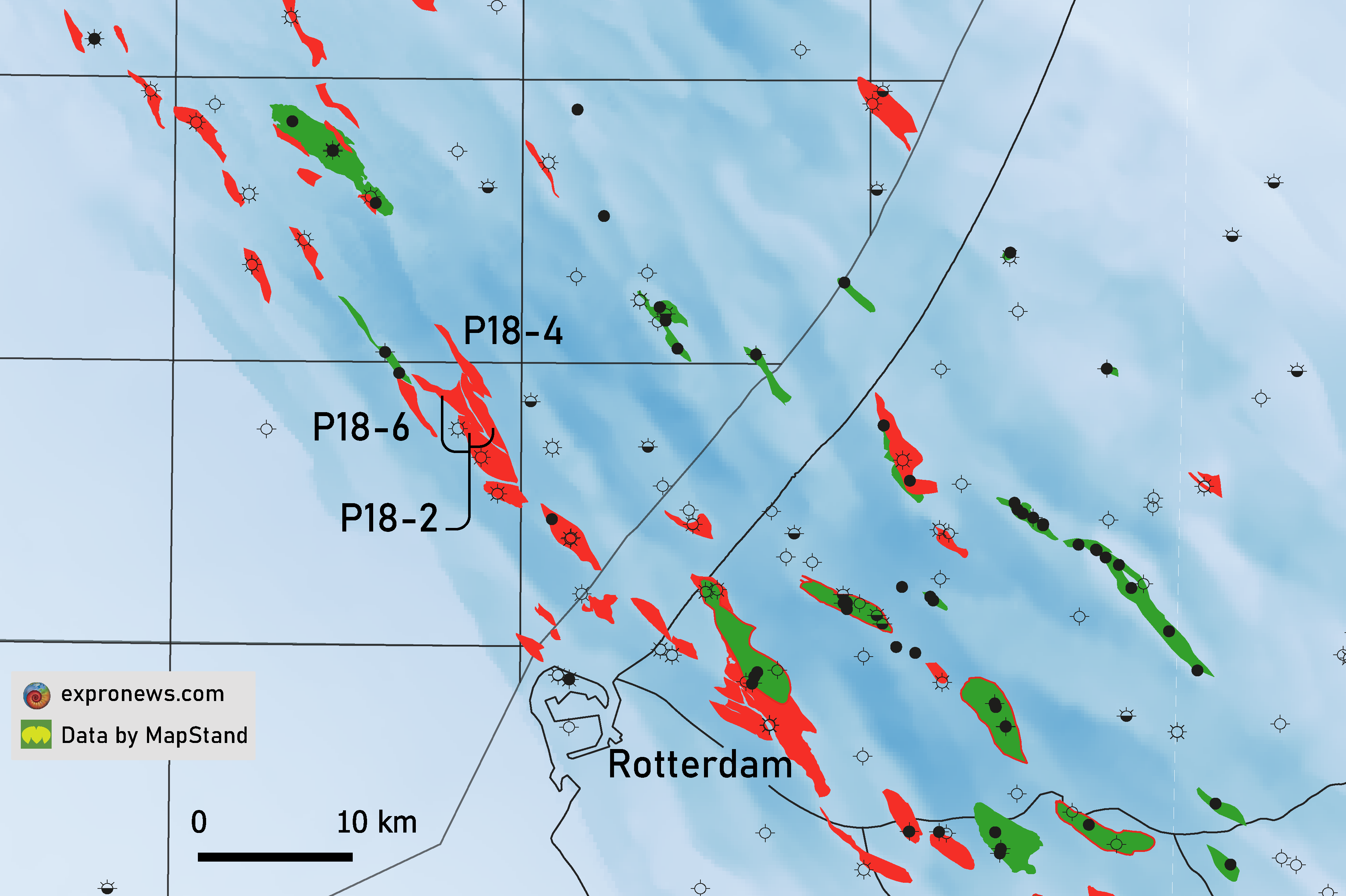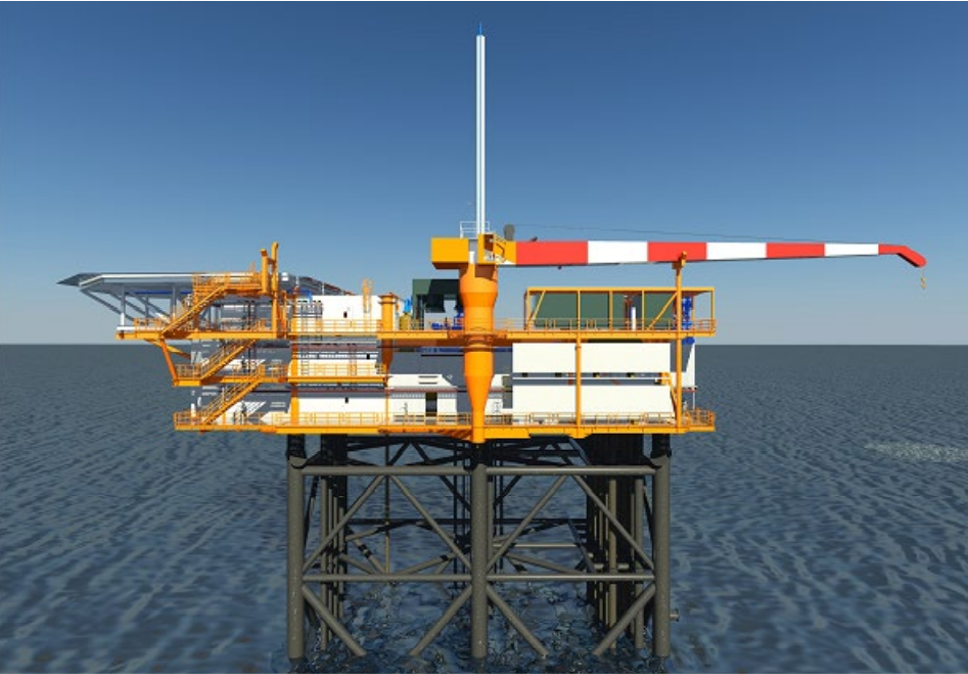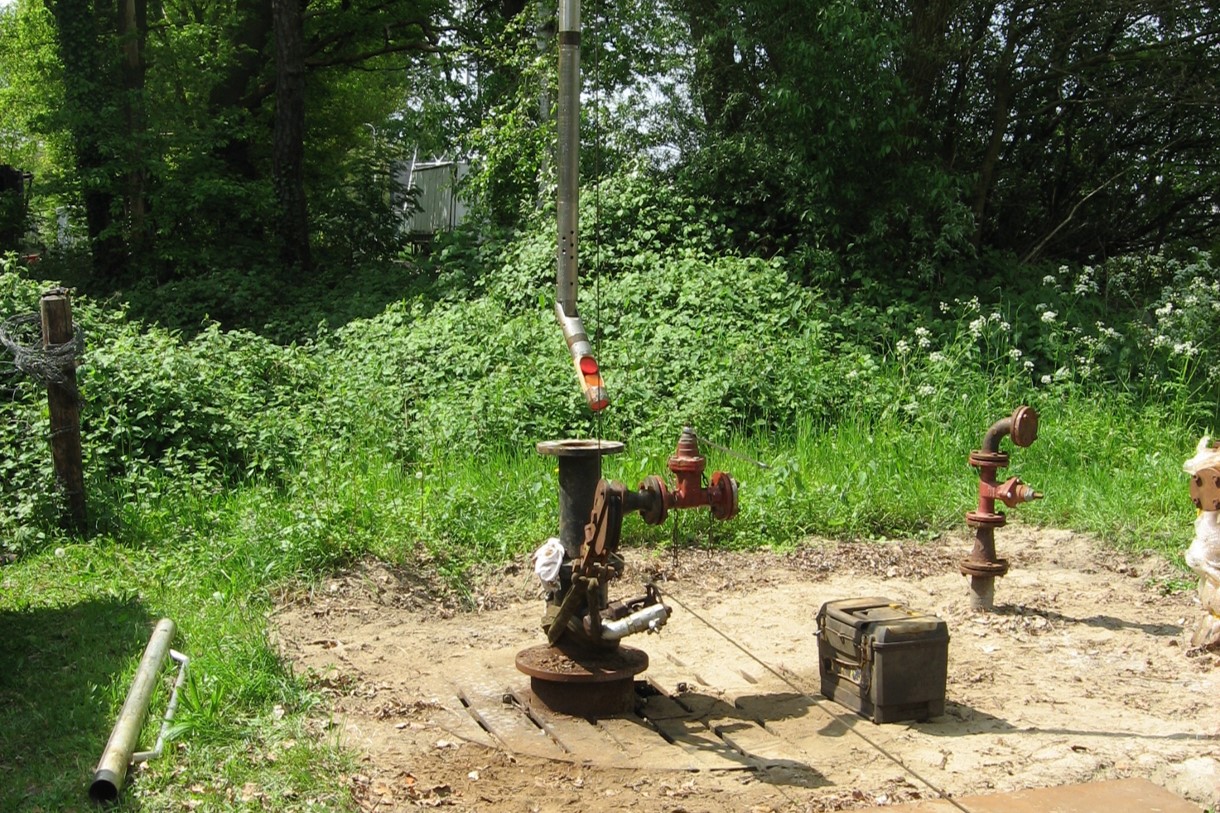You would not notice when driving across the flat rural landscape of the north of the Netherlands, but in a few places major salt domes almost reach the surface. Within a couple of hundred metres, the Permian evaporites can be reached whilst the same horizon is buried to 3 km in most other places.
Due to its thermal conductivity, salt domes are conduits for geothermal heat and this is what Dutch company LTA Energy is now trying to tap into using a grant being awarded from the province of Groningen and Stadskanaal Council. The temperature at the top of the salt dome could be around 10 degrees Celsius higher than in the surrounding areas, which explains the interest in the area.
Where are the hot plays across the NCS? Attend our NCS Exploration – Recent Discoveries Conference 8 & 9 June in Oslo and learn about the following exciting wells and fields from the operators themselves:
Toppand, Apodida, Culzean (UK), Røver Nord, Dugong Tail, Segment D, Hamlet, Talisker East, Rolvsnes, King/Prince, Warka, Wisting, Salina, Bask, Rødhette, Isflak, Snøfonn Nord, Skavl, Mugnetind, Lyderhorn, Gomez, Tyrihans Ile North, Bergknapp & Fenja.
In addition, there will be talks about frontier exploration in the Norwegian Sea, a debate on source rocks and implications on hydrocarbon generation and much more.
An exploration borehole was drilled this month at the village of Onstwedde with the aim to test temperatures at the top of the so-called Onstwedde salt dome (see image above). The plan is to help reduce the energy bill of the local swimming pool this way.

Although it is unknown at this point whether the desired temperatures of 35 degrees Celsius or more were found, a local newspaper did report that the borehole was successfully drilled and that pipes were already being put in place connecting the drilling site to the swimming pool.
The geothermal project is unique in terms of the targeted “reservoir”, as the salt will not have any porosity to allow an open-hole geothermal system to be installed. Instead, a closed-loop system will be used, which consists of a downhole heat exchanger. The system will therefore be completely isolated from the geology.
If the project is successful, there is potential for households in the local area to be connected to the salt dome as well. Drilling to the top takes around a day, so at least “rig costs” do not form a great barrier.
HENK KOMBRINK
Source of the 3D seismic model of the headline image.





